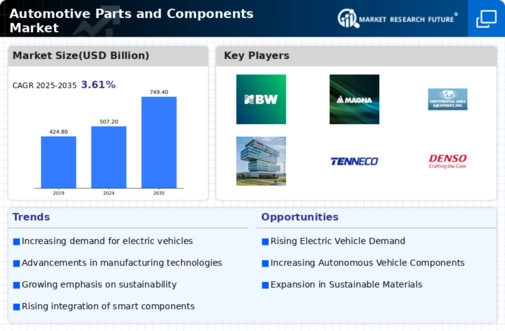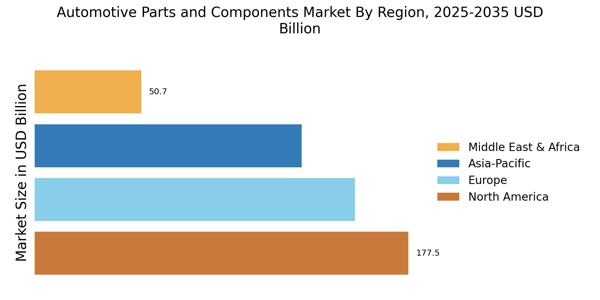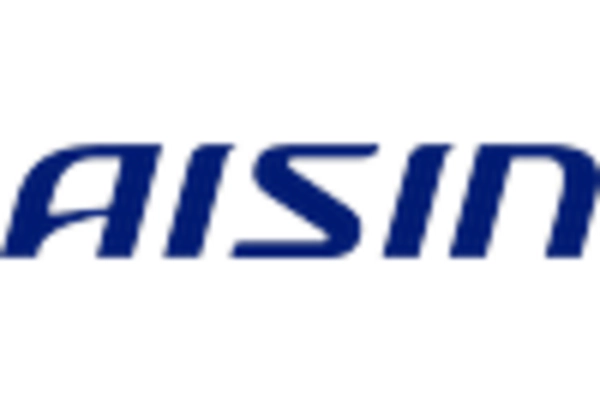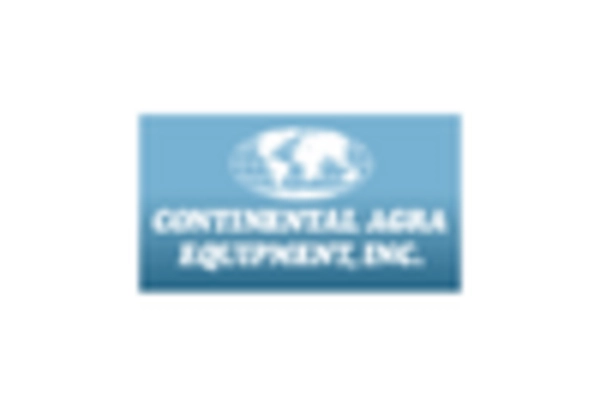Automotive Parts Components Market Summary
As per MRFR analysis, the Automotive Parts and Components Market Size was estimated at 507.25 USD Billion in 2024. The Automotive Parts and Components industry is projected to grow from 525.57 USD Billion in 2025 to 749.44 USD Billion by 2035, exhibiting a compound annual growth rate (CAGR) of 3.61 during the forecast period 2025 - 2035.
Key Market Trends & Highlights
The Automotive Parts and Components Market is currently experiencing a dynamic shift driven by technological advancements and changing consumer preferences.
- Technological integration is reshaping the automotive parts landscape, enhancing efficiency and performance.
- A growing focus on sustainability is influencing manufacturers to adopt eco-friendly practices and materials.
- Consumer behavior is shifting towards more advanced and reliable components, particularly in the passenger car segment.
- Rising vehicle production and advancements in electric vehicles are key drivers propelling market growth, especially in North America and the Asia-Pacific region.
Market Size & Forecast
| 2024 Market Size | 507.25 (USD Billion) |
| 2035 Market Size | 749.44 (USD Billion) |
| CAGR (2025 - 2035) | 3.61% |
Major Players
Robert Bosch GmbH (DE), Denso Corporation (JP), Magna International Inc. (CA), Continental AG (DE), Aisin Seiki Co., Ltd. (JP), ZF Friedrichshafen AG (DE), Hyundai Mobis Co., Ltd. (KR), Valeo SA (FR), Lear Corporation (US)


















Leave a Comment